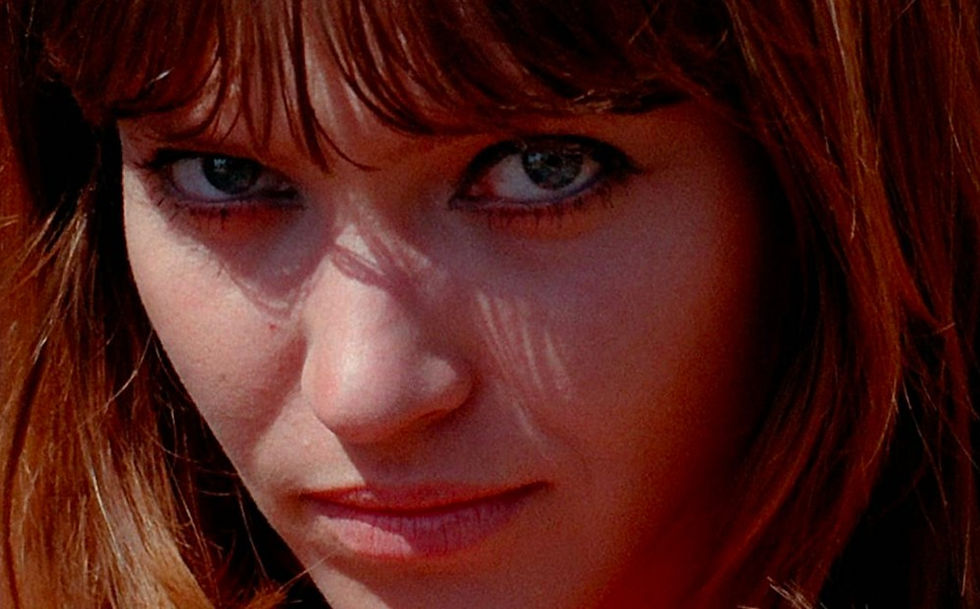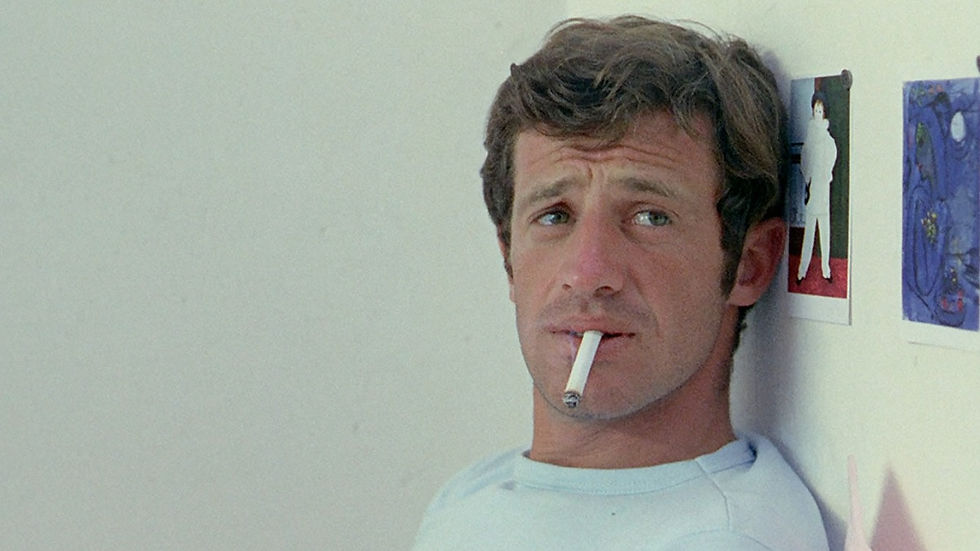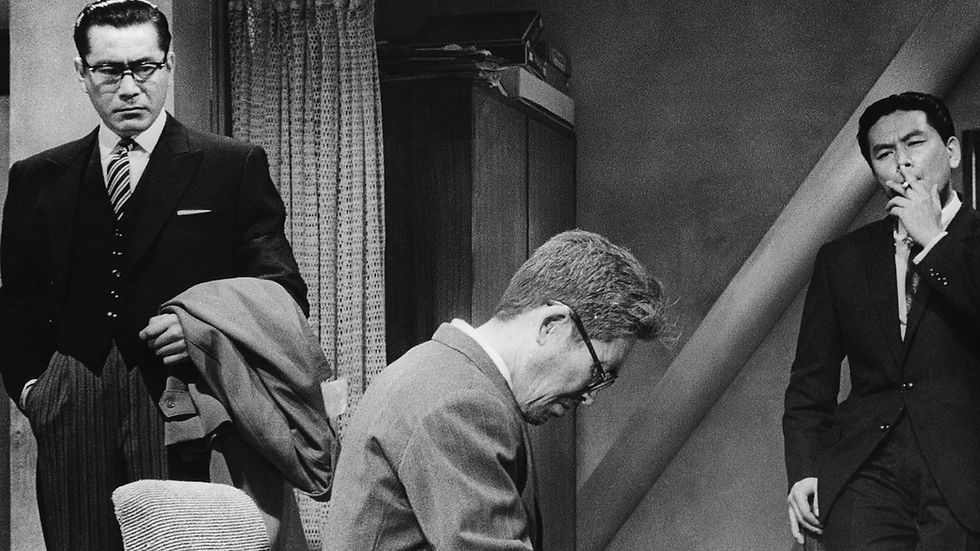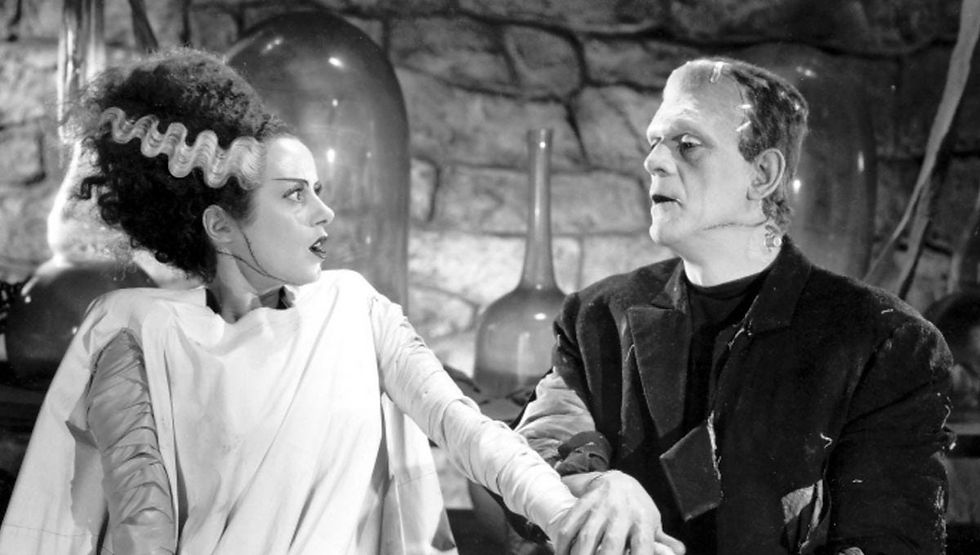Pierrot Le Fou (1965) Review - Dylan McCully
- Dylan McCully
- Sep 21, 2023
- 3 min read
Written by Dylan McCully, 09/24/22
Dylan McCully's Cinema: https://www.imdb.com/list/ls521125877/

Breathless, although experimental in many ways, is still a film that can be casually understood. By the time Godard directed Pierrot Le Fou, the rule book that he started writing (metaphorically) during Breathless has increased in size. This is by far Godard's most visually creative film, which is saying something coming from one of the most creative directors of all time. Pierrot Le Fou breaks cinematic normalities as Godard literally writes the film as they go along, yet somehow the characters and story remain charming. Maybe that speaks volumes to Belmondo's charisma and Karina's spirit, and although those play big parts in my appreciation of the film, the main reason the film succeeds is because Godard finds new ways to tell the story.

Ferdinand, played by Jean-Paul Belmondo, is a man tired with his life. He is a party, musing on his loneliness while reflecting on the vain nature of society. Some of the best mise en scene ever put to film in on display in this scene. The actors are lined up in specifically contrasting colors, sitting at tables. A different colored light is shined on each shot as Ferdinand walks by. Absolutely astonishing. Ferdinand runs away with his ex-girlfriend Marianne, played by Anna Karina. They go on a crime spree while being chased by gangsters and police alike. Although it's fun to watch them blow up their car or drive it into the ocean, the meat of the film, as with Breathless, is in the conversations between the two characters. I know quoting Ebert is lazy, but he describes the seeming irrelevence of plot better than I could. "Godard never sticks closely enough to this plot to make it important. He does a curious thing. He will have a scene that is perfectly conventional, like a scene in a Hollywood gangster movie. But it doesn't come out of anything or lead into anything; it is important because of its tone, its texture and not because it advances the plot. Thus a Godard movie becomes a montage of pure technique; the parts don't fit together -- but they add up to an attitude." It certainly felt extremely jarring at points, intentionally, never truely at the expense of the film, but jarring nonetheless. That's Godard for ya. The rest of the film I won't spoil (although the plot is the least interesting part of the film), but it has to do with the deterioration of the relationship between Ferdinand and Marinanne.

What I love about Godard is his disregard of anything conventional. The camera is placed so far back and is shot so we can only see the tiny heads of Belmondo and Karina walking through a forest. Sometimes the characters will burst into song, when they are not debating art or poetry. A random character will pop in and tell a meaningless story. There will be inside jokes inserted into the film that only Godard and his peers will understand. Many filmmakers try to appeal to different audiences when making movies, but the best of them will only appeal to themselves. I won't act like I understood all of the references and intellectual discussion in the film, but I understood that that is Godard - as a person, a thinker, an artist and a filmmaker - so I respect it.

"Who are you talking too?" asks Anna Karina "The audience." says Jean-Paul Belmondo as he turns around and looks at the camera.
It's like Godard is creating films on another plane of existence. - 9/10
Jean-Luc Godard Ranking: 1. Breathless (1960) - 10/10 2. Pierrot Le Fou (1965) - 9/10






Comments